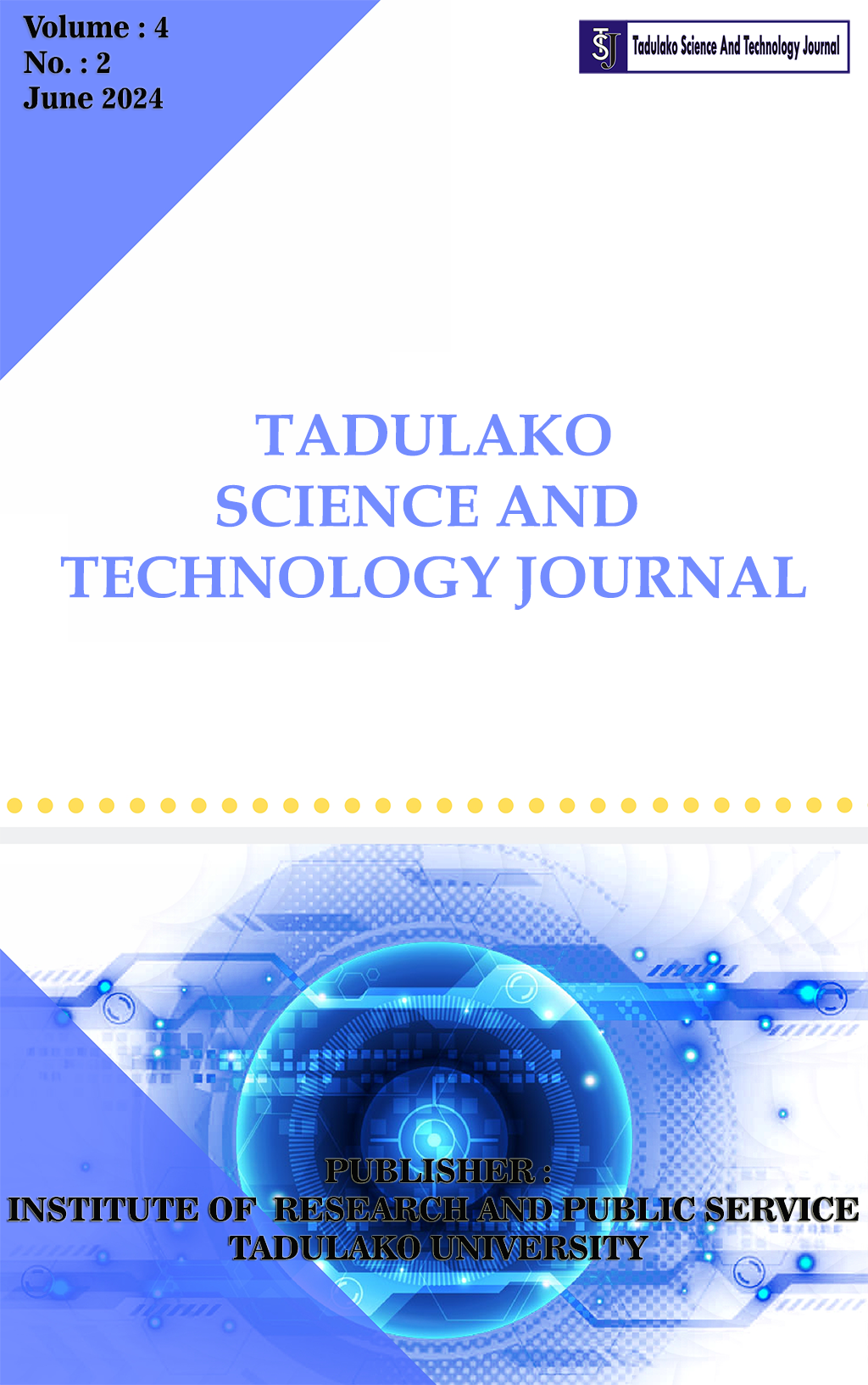Main Article Content
Abstract
Introduction: Forests as a place to grow various kinds of plants become a source of biodiversity that is beneficial to human life. Biodiversity in the forest can provide benefits to humans, such as providing food sources for humans, one example is plants used as medicine. Medicinal plants can be conserved by cultivating in the yard and growing wild. Method: This study aims to record the types of plants used, plant parts used, how to use them, and conservation efforts made by the community in Sibowi Village. This research was conducted in Sibowi Village, Sigi Regency, Central Sulawesi. Results and Discussion: The results of research on the utilization of medicinal plants in Sibowi Village show that the types used as medicinal plants are 23 species from 20 families. Plant parts that are widely used are leaves 43% and less utilized parts are stems and all parts 4%. The processing method that is widely used is boiled 52% and the less used method is burned and squeezed 4%. The method of utilization that is widely used is drunk 64% and the method that is less used is chewed and washed 6%. Conclusion: Conservation efforts were analyzed descriptively where plants that are widely cultivated by the community in the yard are Turmeric (Zingiber officinale L.), Lemongrass (Cymbopogon citratus), and Ginger (Zingiber officinale L.), these plants are not only used as medicinal plants but are used as kitchen ingredients and are easy to cultivate.
